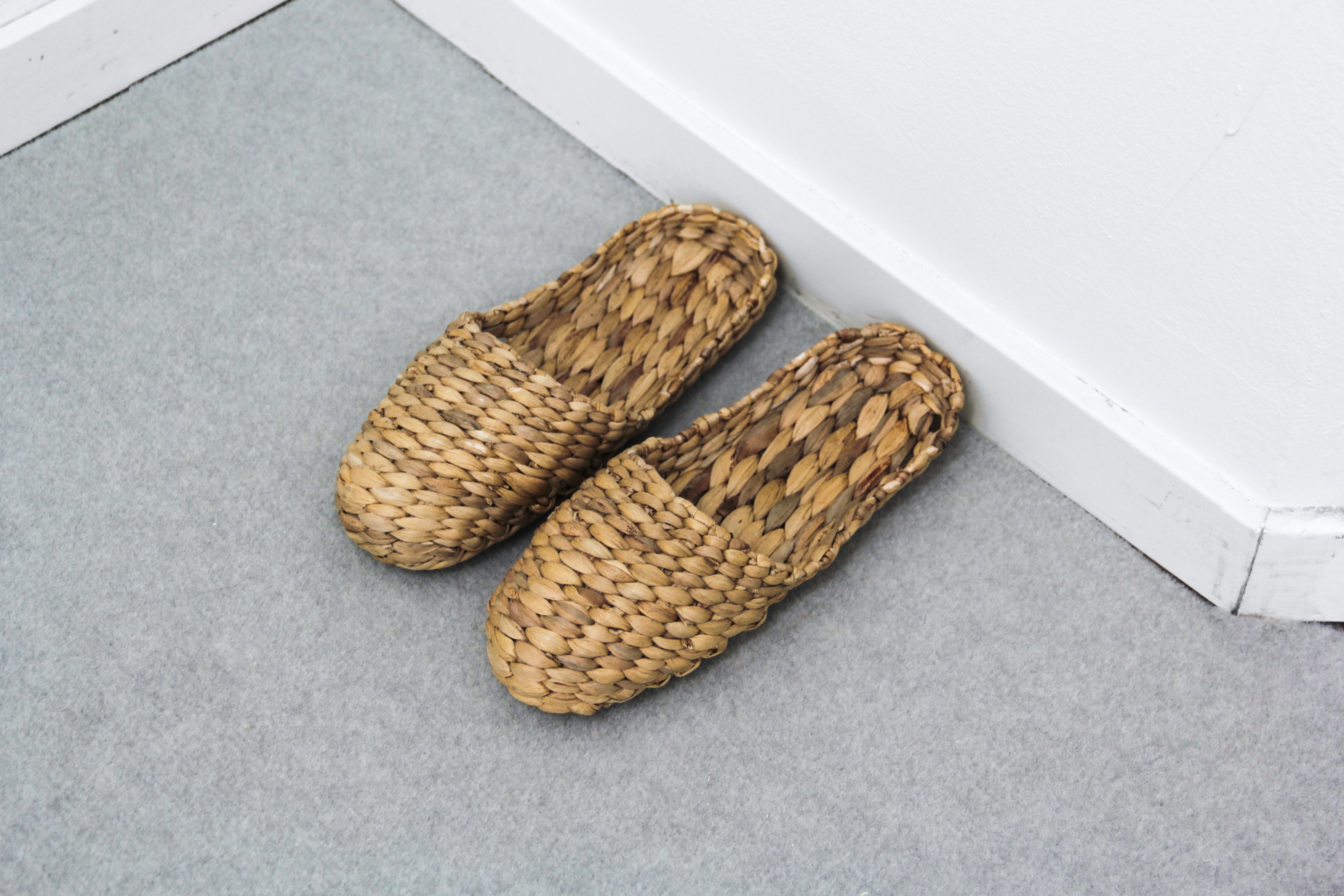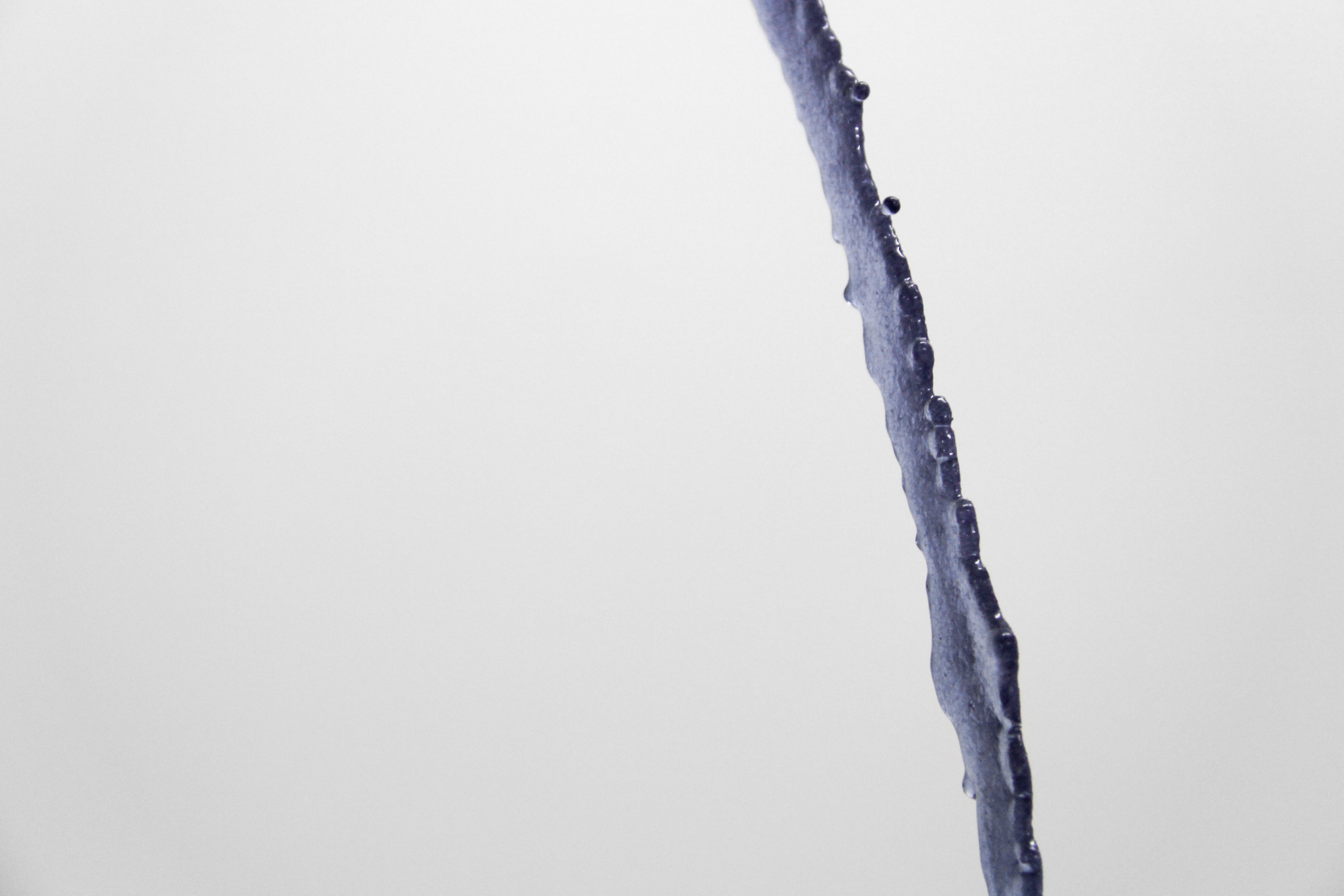12.4 – 12.5 2019
Mint’s first exhibition looks at a subject fundamental to our lives – both as critical beings, and for our recuperation: time after work. The different works relate to the theme in direct and indirect ways, through both documentary and abstract expressions. They are about transformation, hobbies, reading and resting. They are about stretching, furnishing, educating oneself and remembering. Quiet re ections on the materials and settings of leisure but also the societal premises which enabled them in the rst place. Pension, holidays and time off are the fruits of the struggles of the workers movement – the basis of rest was won by ghting. The exhibition could be seen as a situation of different ideas being started, a place which, like leisure itself, is allowed to chose its own strange roads – perhaps unclear, maybe meaningful, perhaps in time becoming crucial. Or in the words of Gregor Paulsson, initiator of a signi cant 1936 exhibition of ideas about leisure in southern Sweden: “Leisure is the premise of freedom, the air which the autonomy of the people breathe.”
Participating artists: Giorgi Gago Gagoshidze, Patrick Kretschek, Susanna Jablonski, Ruben Nilsson, Måns Wrange, Erik Öberg, Margareta Hallek, Hans Tombrock & Bertolt Brecht, Helena Lund Ek, Enno Hallek and unknown artist.
Objects carry memories like containers of time. Susanna Jablonski’s sculptures are reminiscent of things found in everyday life; in the home, on holiday or on the street. Sometimes objects, sometimes processed fragile materials that create abstract forms. A pair of dried grass slippers, a kidney-shaped coral from Tobago, a mini-fountain in clay. In the concurrence that arises between memory, object and looking, the processes of disappearance also become tangible. The floating dove-blue ring in thin glass, with a diameter so large that it almost reaches the breaking point of the material. Jablonski has a special sensitivity to the significance of the movement of objects, and the relationship between her sculptures and their surroundings. With an ability to trigger memories and convey indescribable emotions, the sculptures visualise the shifts that can occur between different emotional states.
Text by Asrin Hadari and Emily Fahlén










